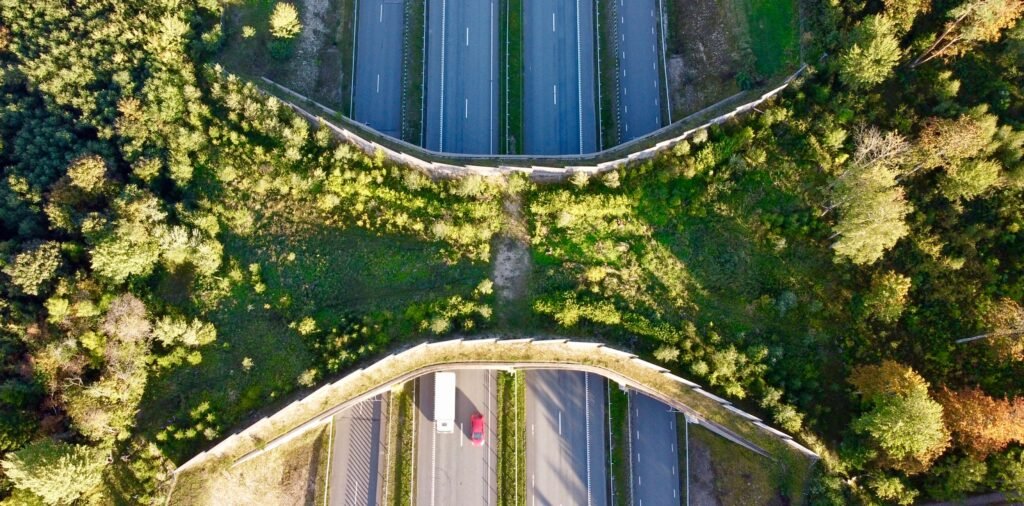The mysterious discovery of bog bodies across Ireland has captivated archaeologists and historians for centuries. Encased in the unique peat bogs that dot the Irish landscape, these ancient human remains offer an unparalleled glimpse into the past. As astonishing as the preservation of these bodies might seem, the bog environment works almost magically to keep these relics of history nearly as they were thousands of years ago.
The Enigma of Bog Bodies
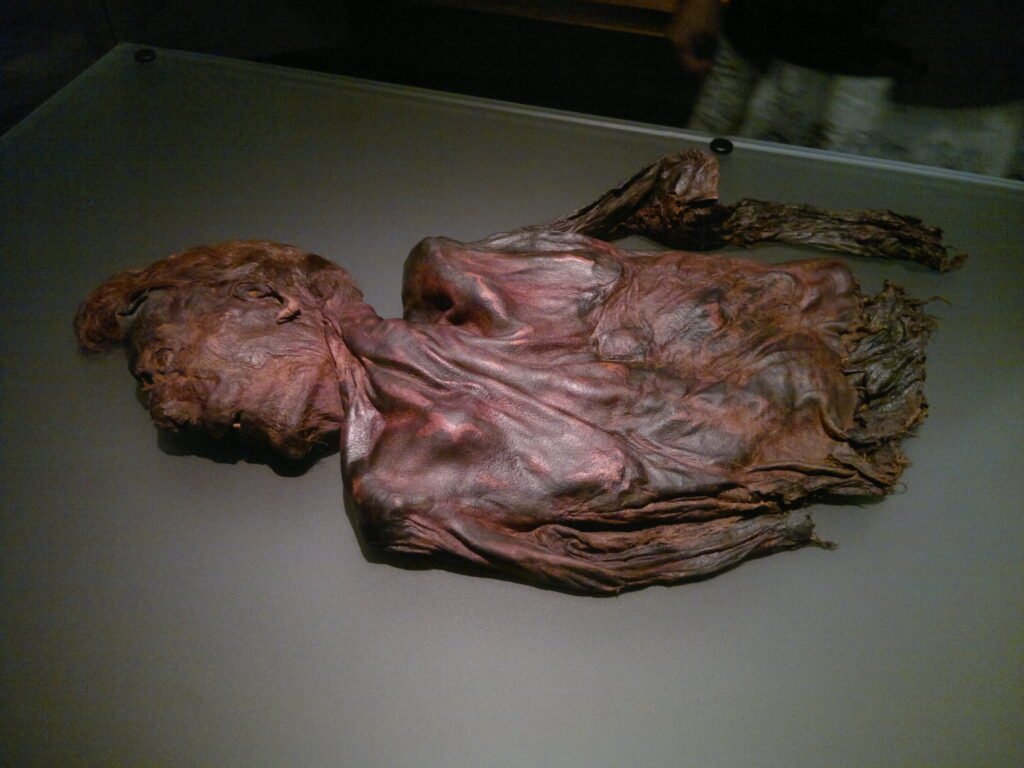
The discovery of bog bodies—naturally mummified human cadavers within peat bogs—provides insights into the rituals, lifestyles, and final moments of ancient peoples. These remains have been found across Northern Europe, with Ireland being a rich repository. The remarkably preserved bodies date back as far as the Bronze and Iron Ages, prompting intense scientific and archaeological interest.
Understanding the Peat Bog Environment
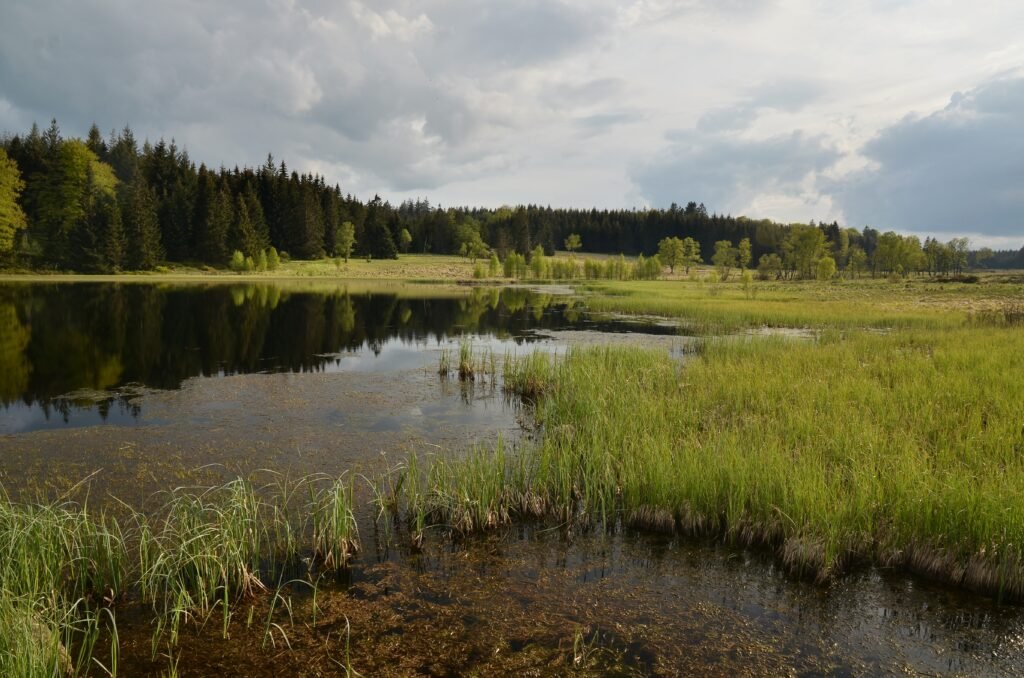
Peat bogs are wetlands with acidic waters and sphagnum moss, creating an oxygen-poor environment. This unique setting slows decomposition processes remarkably. The high tannin levels in these bogs further contribute to preservation by tanning the skin, similar to preserving leather. This aspect of bogs is crucial for the exquisite preservation of soft tissues in bog bodies.
Historical Discoveries

Throughout the 20th century, numerous bog bodies were discovered in Ireland, each unveiling new stories about ancient societies. Some notable finds include those of Oldcroghan Man and Clonycavan Man, which date back to the Iron Age. These bodies exhibited not only preserved skin but also visible hair, nails, and even fingerprints.
Analyzing the Lives of Ancient People
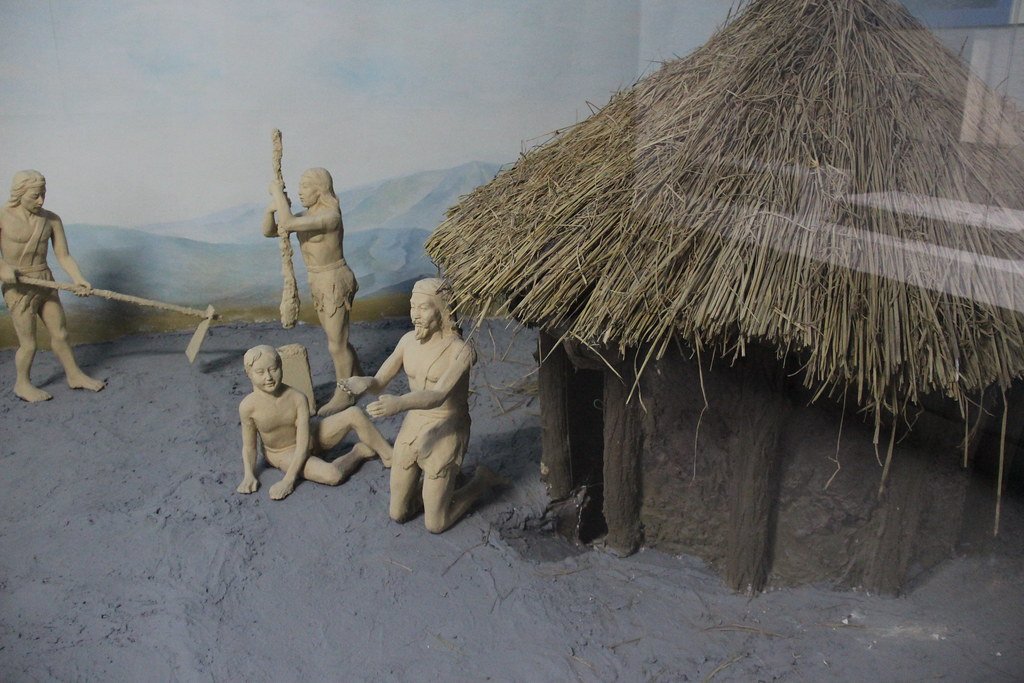
Bog bodies provide more than just physical remains; they deliver a window into the lives of those they preserve. With advanced forensic techniques, researchers have been able to determine information such as age, diet, and even cause of death. Many bear distinct signs of violent deaths, leading to theories about ritualistic human sacrifice.
Tools of Preservation: Nature’s Role
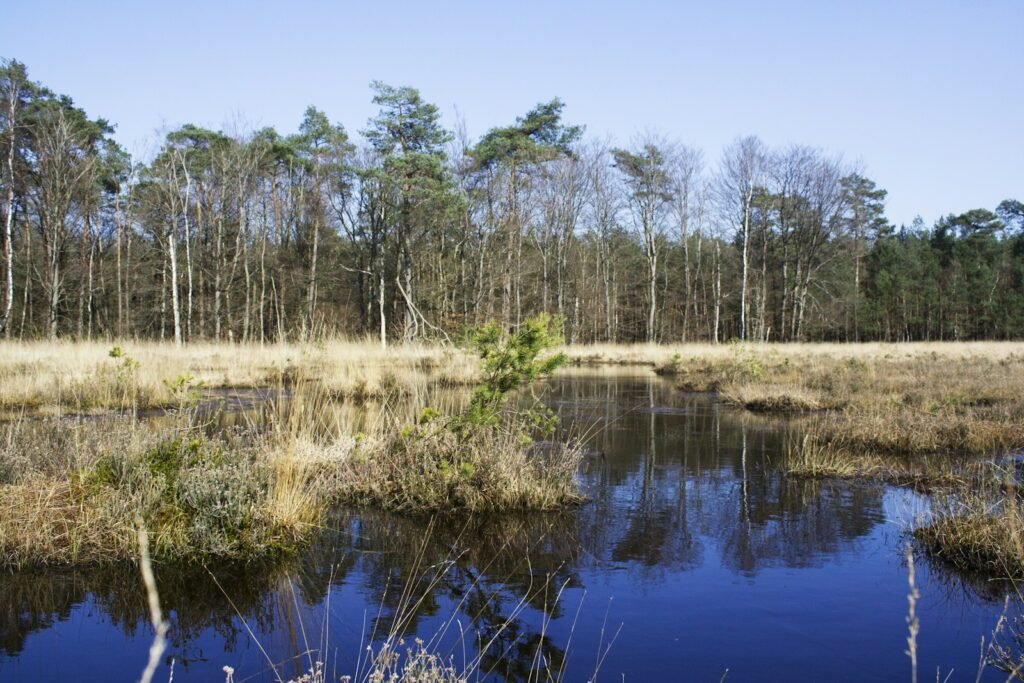
The unique conditions of peat bogs—low temperatures, high acidity, and minimal oxygen—act as natural preservers. The waterlogged environment inhibits microbial growth, essential in slowing down decomposition. This natural process preserves not only human bodies but also organic materials such as clothing and wood implements.
Ritualistic Contexts and Cultural Insights
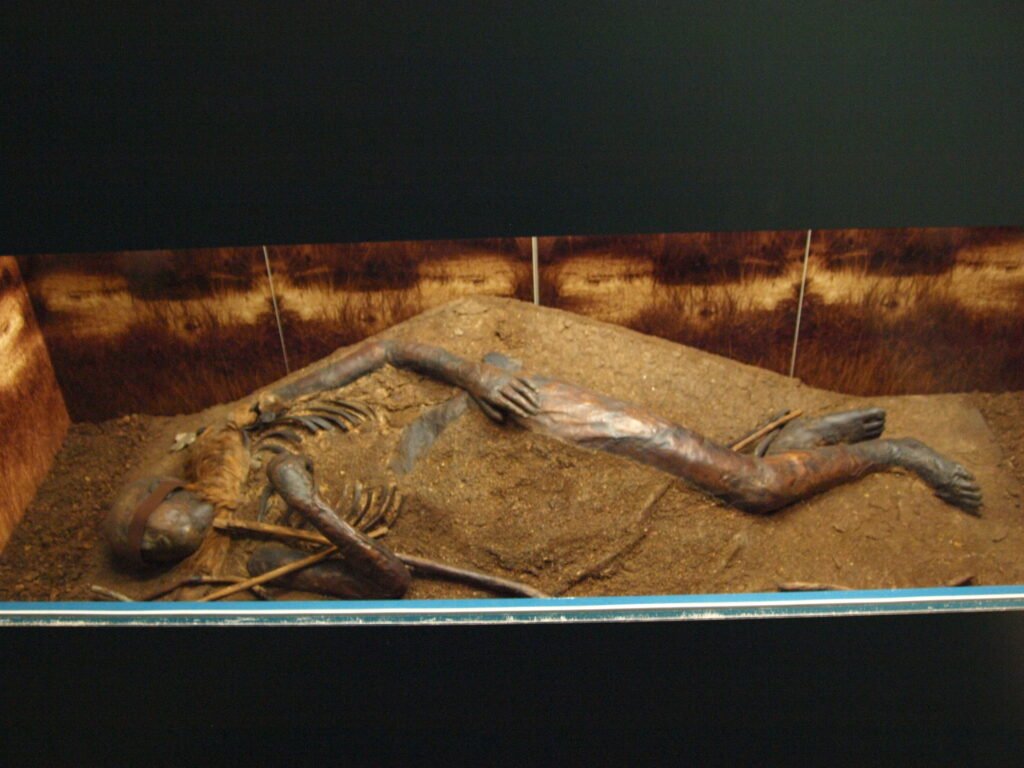
Some bog bodies have signs of ritualistic deposition; for instance, their carefully arranged positions suggest they were placed with specific cultural intentions. Such evidence points toward the ancient traditions of Celtic societies, possibly as offerings to deities or ancestral spirits.
Scientific Techniques in Modern Analysis
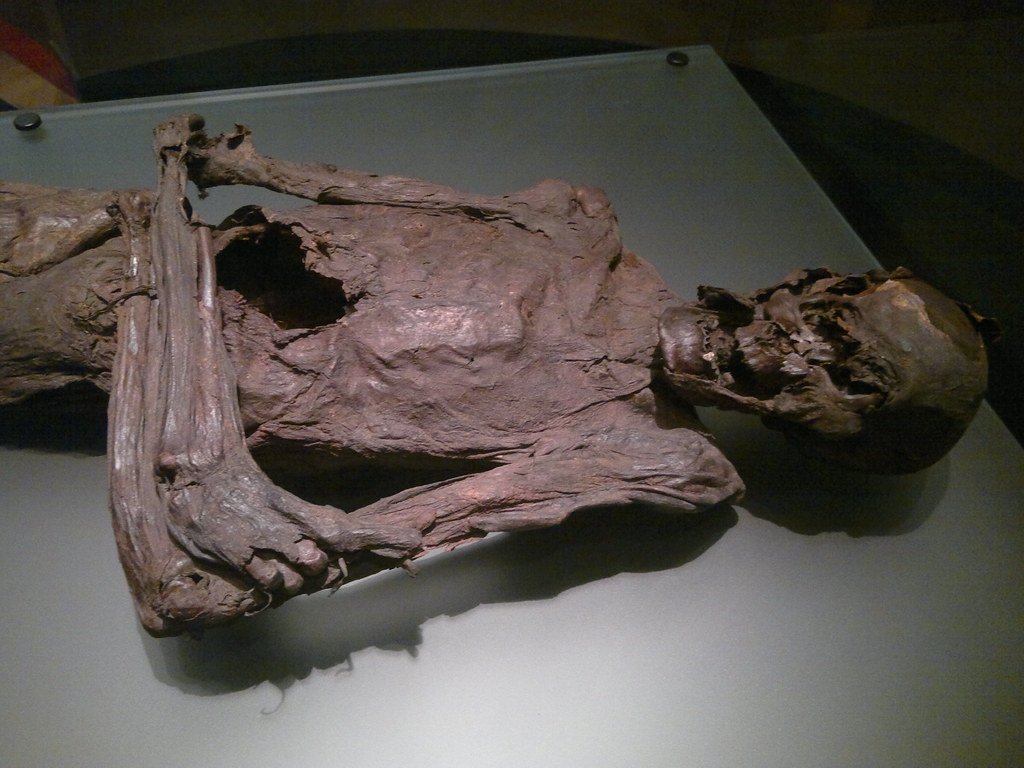
Modern technology has significantly advanced the analysis of bog bodies. Techniques such as radiocarbon dating, CT scanning, and stable isotope analysis aid researchers in constructing detailed pictures of the past. Such methods allow scientists to ascertain age, diet, and even migration patterns with remarkable precision.
Physical Features and Clothing

Many bog bodies provide insights into the fashion and artistry of ancient times. The remains of clothing, jewelry, and hairstyles discovered on bog bodies show intricate craftsmanship, revealing a profound sense of identity and social status in these ancient cultures. Textiles found in bogs help map the evolution of textile technology over centuries.
Social Implications: Class and Society

Analysis of the bog bodies often reveals important clues regarding social hierarchies. The presence of well-crafted belongings and apparent physical health suggests some were individuals of high status. In contrast, others, despite being well-preserved, lack such adornments, possibly indicating lower social standing.
The Mystique of Facial Reconstruction
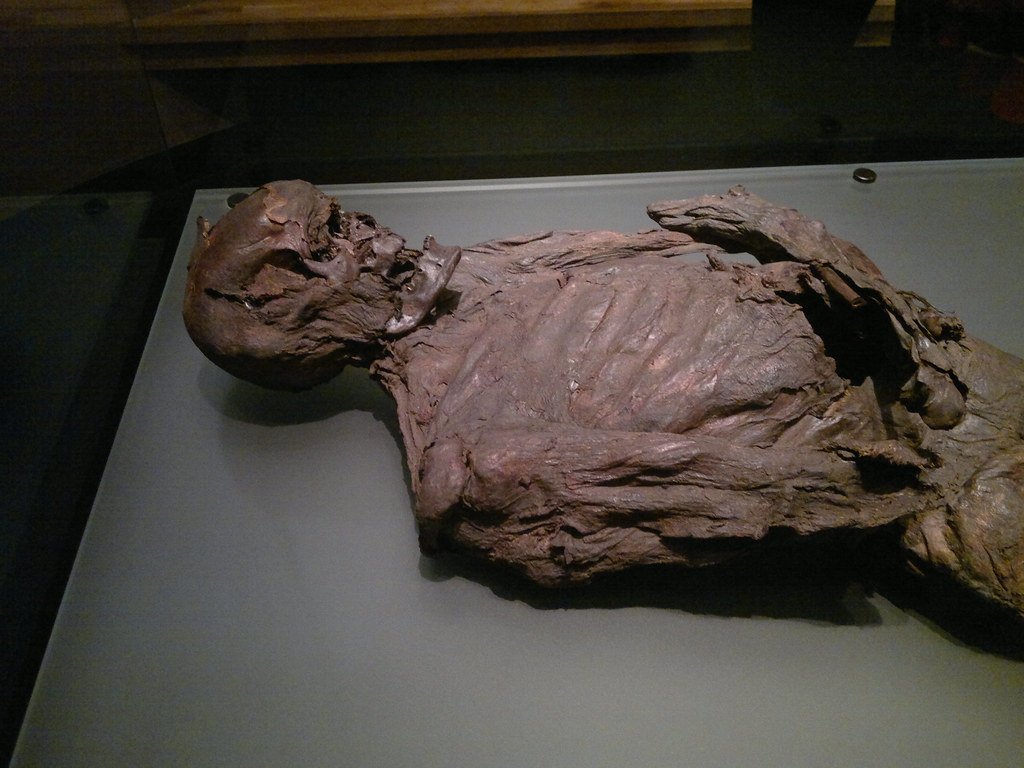
Facial reconstruction has played a vital role in bringing ancient individuals back to life visually. By using skull structures, forensic artists create detailed likenesses offering historical insight into ancient identities. This process humanizes archeological findings, forging a tangible connection with our ancestors.
Ethical Considerations in Exhibiting Bog Bodies
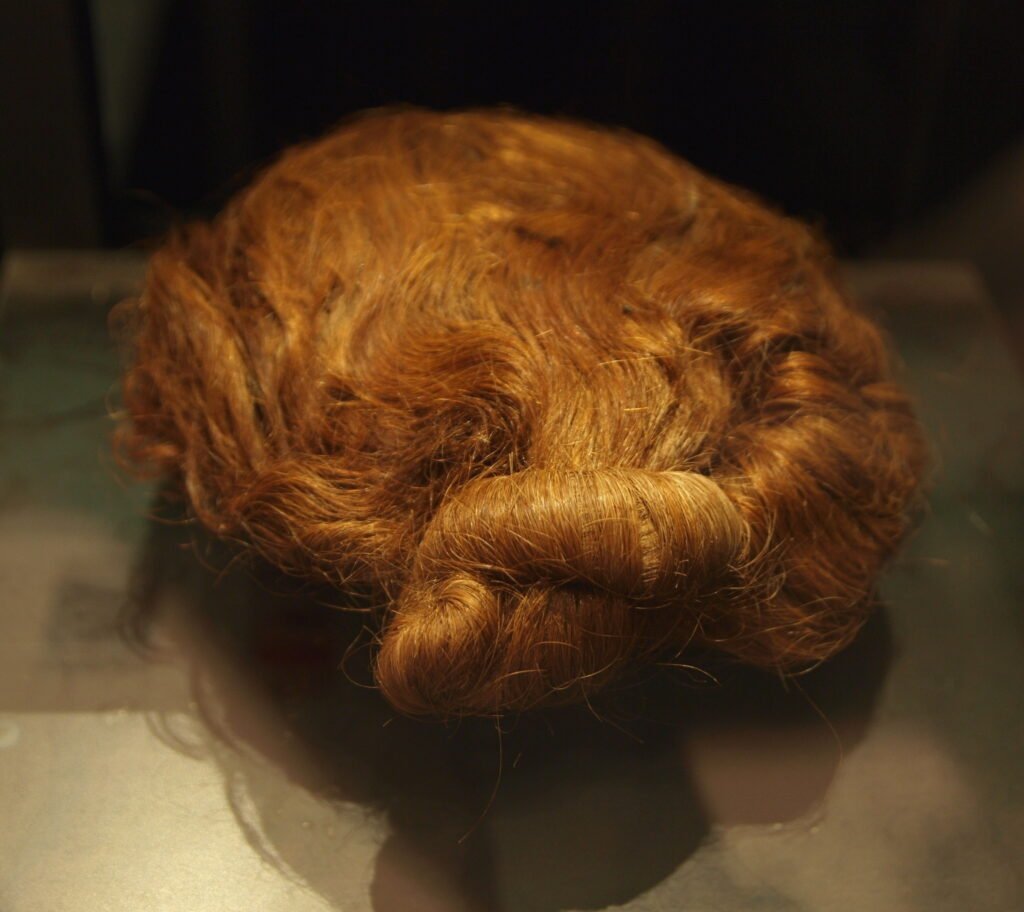
The display of bog bodies in museums raises essential questions about ethics, respect, and the true ownership of ancient human remains. Curators must balance educational purposes with the dignity of deceased individuals. Many museums now aim for sensitive interpretations that honor both scientific value and historical reverence.
Contributions to Archaeological Knowledge
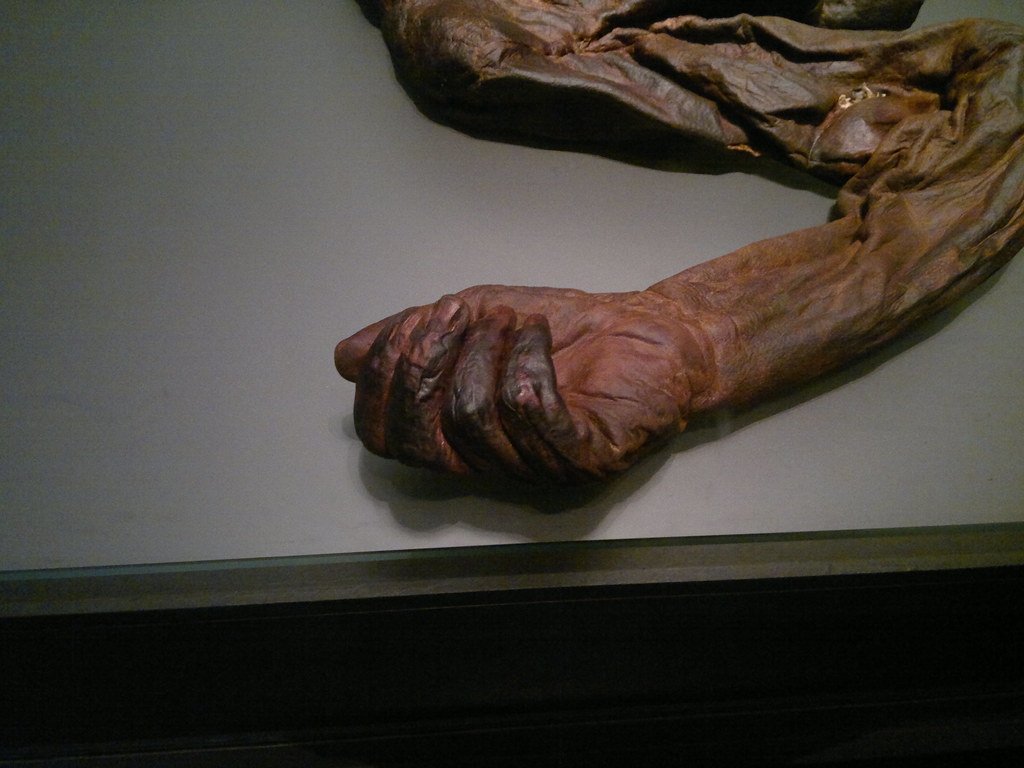
Beyond personal stories, bog bodies contribute significantly to the broader understanding of historical timelines, societal evolution, and environmental changes. They provide a rare, fuller picture of ancient societies, assisting researchers in closing gaps in our historical knowledge.
Preservation Challenges and Conservation Efforts

While bog bodies are naturally preserved, long-term conservation poses significant challenges. Once removed from the bog, the bodies require careful preservation to prevent rapid deterioration. Conservationists employ innovative methods to maintain these bodies, ensuring their stories continue to educate future generations.
A Global Connection: Bog Bodies Beyond Ireland
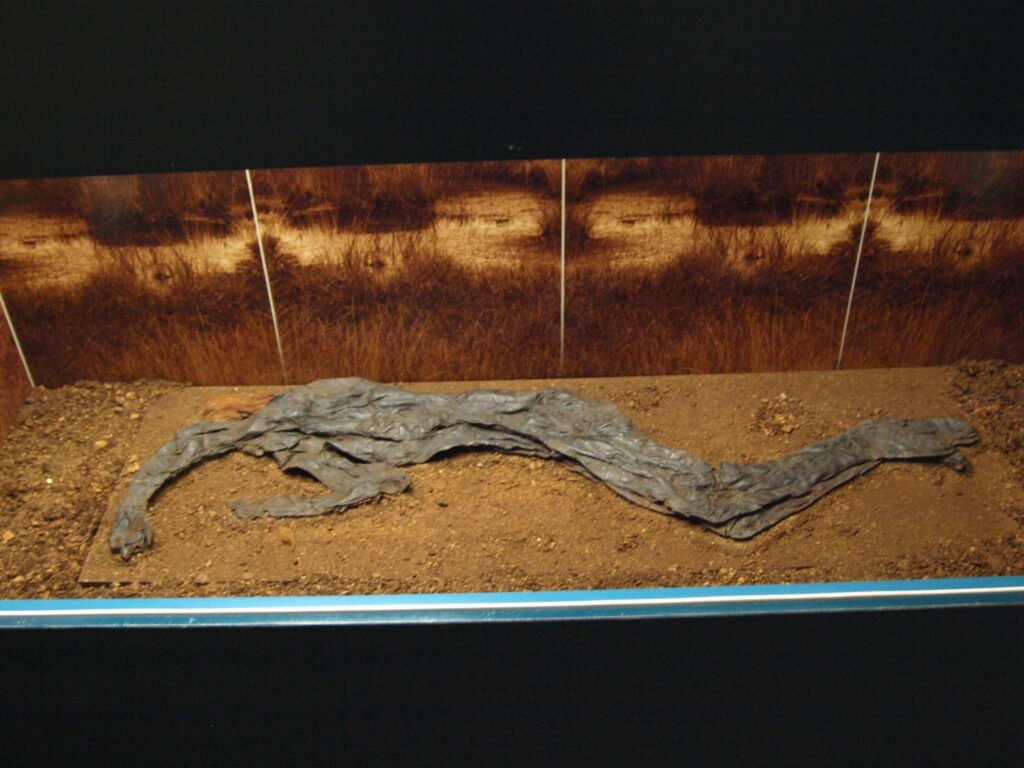
While Ireland is renowned for its bog bodies, such discoveries are not confined to its borders. Similar finds in Denmark, Germany, and the Netherlands underscore a broader cultural phenomenon, suggesting interconnections between ancient European societies and shared practices or beliefs.
Reflections in Modern Culture
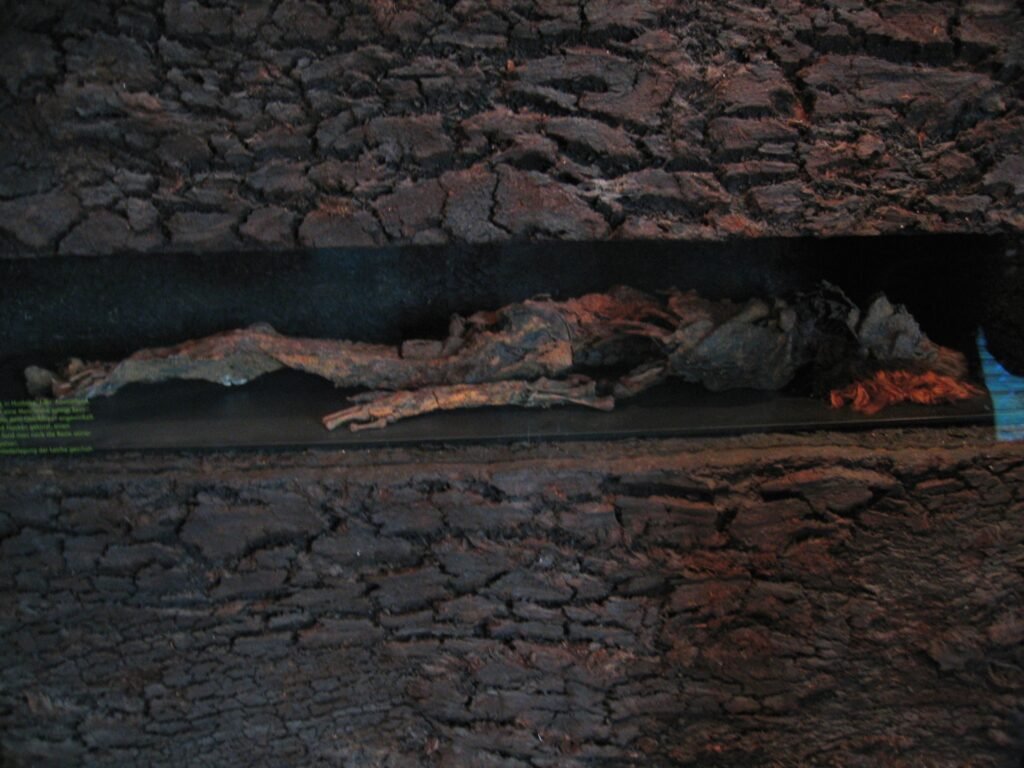
Bog bodies hold a place in popular imagination, influencing literature, art, and media. This fascination emphasizes a cultural interest in connecting with ancestors and understanding the mysteries of human history. They symbolize the profound intersection of life, death, and nature’s enduring power.
Conclusion: A Testament to Nature’s Miracle
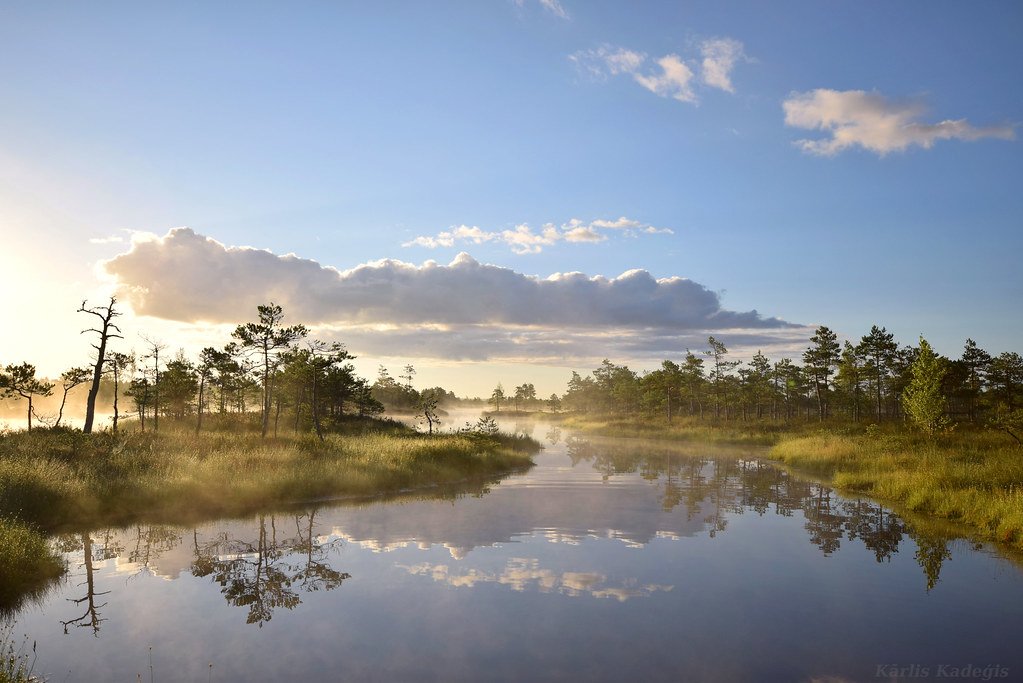
The bog bodies of Ireland stand as incredible artifacts of times long gone, preserved against the odds by the natural conditions unique to their resting places. Their existence offers a blend of science, history, and wonder that invites us to ponder the delicate, interconnected nature of life and death. As archaeological advances continue to unveil their secrets, these ancient individuals challenge us to connect with our past in meaningful ways and to respect the mystery and beauty of the natural world.


